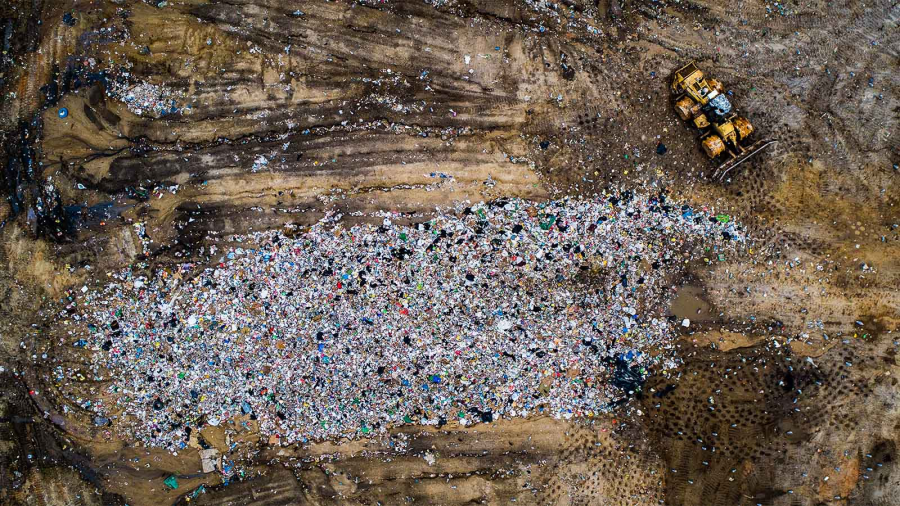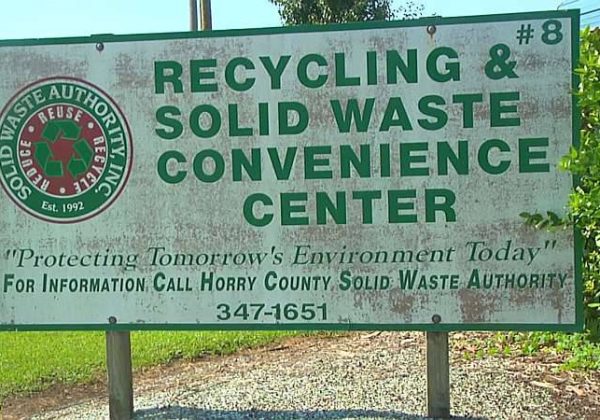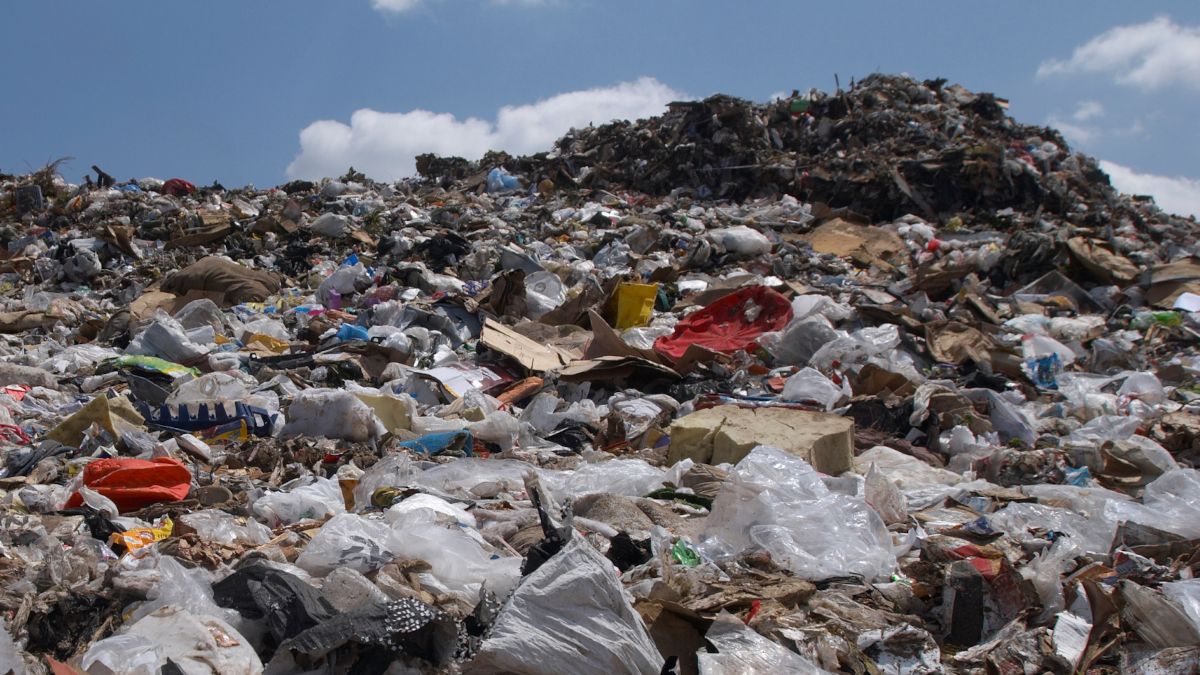A landfill is a place where trash is buried. One way to deal with trash is to dump it in a landfill with a dumpster rental. Unfortunately this is a necessity everywhere, including in our beautiful city of Greenville.
Most countries have a lot of places to put trash. Most of the time, these dumps are in rural areas. Most of the time, they are lined to keep groundwater from getting dirty. They are a part of a larger system for getting rid of solid waste. They are made possible by purchasing land that will be used as a place to dump the trash.
There are different kinds of garbage dumps, and different landfills take different kinds of trash, such as:
- Dangerous waste
- debris from buildings and demolition, and industrial waste
- Municipal Solid Waste, or MSW, is the same as trash or household trash.
Most people think of a landfill as where trash and garbage from homes are dumped. Each year, South Carolinians produce over a million tons of garbage. Approximately half of the state’s trash is dumped in landfills, but some MSW was repurposed.
The History of Landfills in South Carolina
We can trace the history of trash dumps in South Carolina back to a global movement to protect the environment. At the end of the 19th century, southern states started to understand how bad landfills were for them. Because of the environmental movement in the area, South Carolina banned landfills for the first time in 1976, and the rule stayed in place until 1991.
MSW stands for Municipal Solid Waste, the term most states use for home trash. This includes food waste as well as paper, cans, and bottles. This trash, which should be recycled, can be put in class 3 landfills with other kinds of trash.
Class 3 landfills in South Carolina do not allow dangerous trash, lead-acid (car and truck) batteries, yard waste, whole tires, old motor oil, or large appliances. There are two good ways to deal with trash: it is either put in a landfill of Class 3 or get it to be recycled.
Specific Landfills in South Carolina
Anderson Regional Landfill
The Anderson Regional Class 3 Landfill is at 203 Landfill Road in Belton, South Carolina. It is run by Waste Connections, Inc. Currently, the facility can receive 438,000 tons of trash each financial year (July 1 – June 30). During the 2018 fiscal year, residents took 426,631 tons of trash to the Anderson Regional Landfill. This means they got almost 97 percent of what they were allowed to get rid of each year.
Oakridge Landfill
The Oakridge Landfill is a regional facility that makes it easy and safe for people, businesses, and industries in Dorchester, South Carolina, and nearby cities to get rid of their trash.
The Government of Greenville researched with the help of Greenville waste management professionals how the region’s recently passed solid waste laws and rules would affect the region. This led to the creation of modern landfills. The Authority set up a regional solid waste planning process. It oversees the building of a “Subtitle D” dump, a facility to turn landfill gas into energy, a waste transportation network, the management of recycling funds, recycling projects, and the development of new technology.
Effects of landfills
Climate change is made worse by landfills.
One ton of trash that breaks down into smaller parts can make 400 to 500 cubic meters of landfill gas. Methane and carbon dioxide makes up most landfill gas, and small amounts of other gas are also present. Methane is a greenhouse gas that is 25 times more powerful than carbon dioxide. Global warming and changes in the climate are getting worse.
Soil and water contamination
Even though membranes that protect landfills rarely break, the results can be very devastating. Pollution of the soil and water comes from hazardous products, gas, and toxins that leak out of landfills and mix with groundwater and soil.
Metals, ammonium, carbons, and other poisons put into the environment change the soil’s texture and make it less natural. They also hurt aquatic plants and animals.
Landfills Affect Human Health
Studies show that living near or being around landfills for a long time can increase cancer risk, breathing problems, and genetic abnormalities in children.
Asthma can be triggered by short-term exposure to levels of ammonia and hydrogen sulfide in the air, which can also irritate the eyes, nose, and throat. Some other known health problems are chest pain, trouble sleeping, and weight loss.
Methane and carbon dioxide can make tissues get less oxygen, which can lead to problems with coordination, fatigue, nausea, and even passing out.
The problem of how to deal with the trash in South Carolina is not a new one. The state government set up an integrated waste management system to reduce risks to the environment and public health, but it is not enough.
The US Environmental Protection Agency and the United Nations Environment Program (UNEP) know that South Carolina landfills could hurt the environment (EPA).
The US EPA says that South Carolina has the most failing landfills in the country, and the UNEP says that South Carolina has the most landfills in danger anywhere in the world. Recycle as much as you can to benefit the environment and your neighborhood. Future environments will be improved as a result of this effort.




